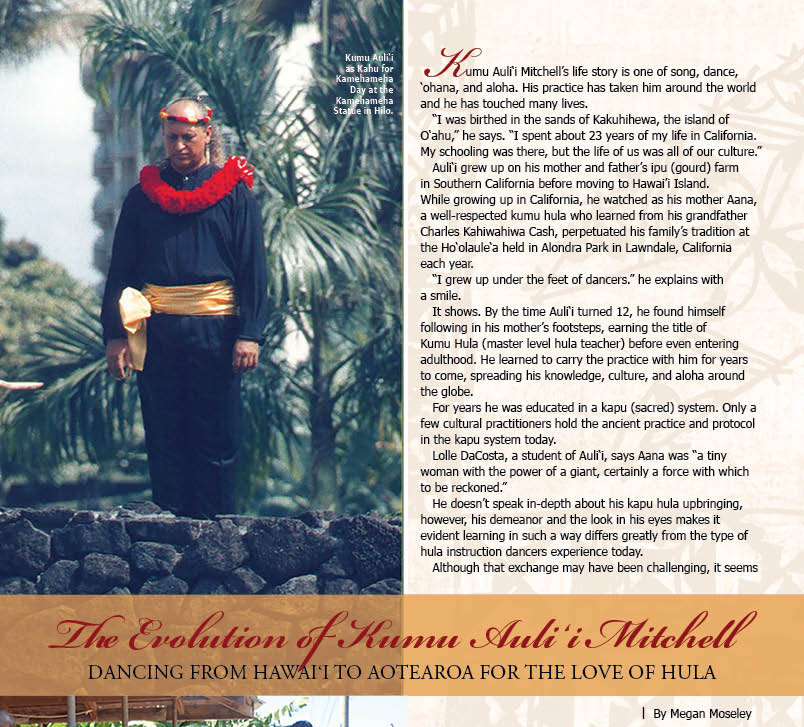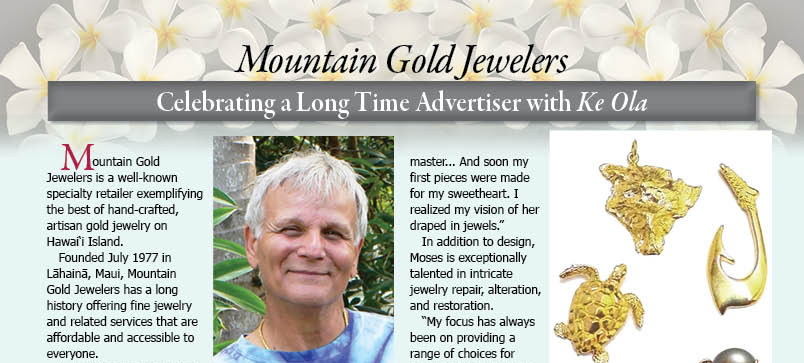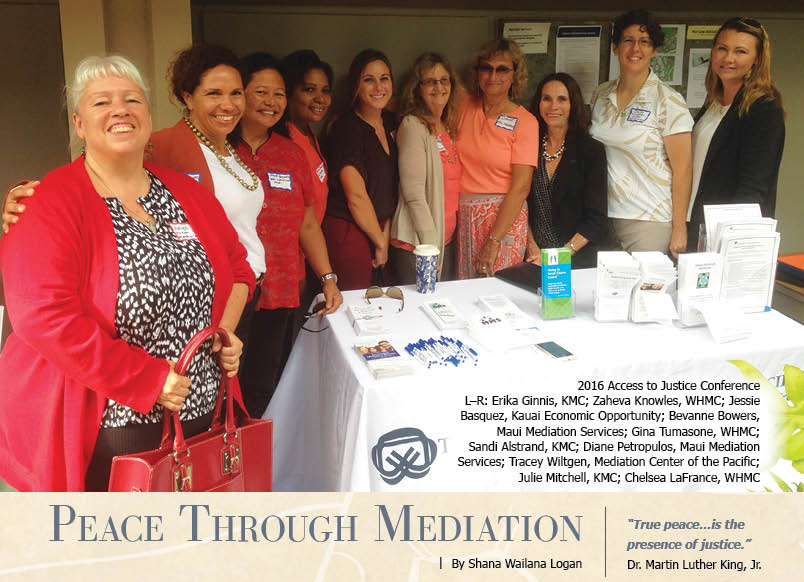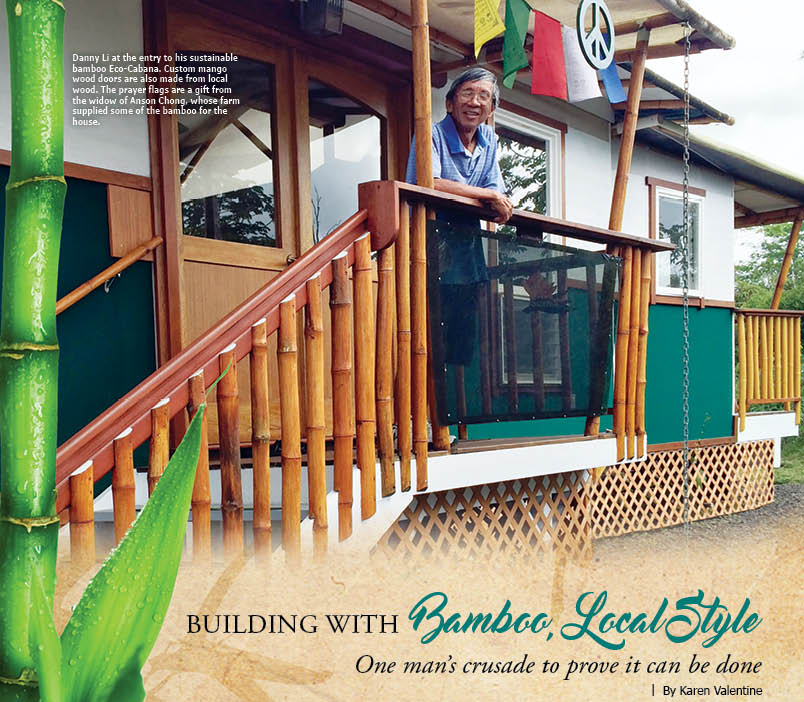
Building with Bamboo, Local Style: One Man’s Crusade to Prove it Can be Done
By Karen Valentine
There has been a lot of talk over the years about the viability of locally grown bamboo as a building material in Hawai‘i. Here we must distinguish between building homes imported from elsewhere and building homes from bamboo grown in Hawai‘i.
Large plantations in Vietnam and Indonesia provide bamboo for homes in those regions, and enterprising businesses have brought them to Hawai‘i, after harvesting and building there, disassembling into a kit form, shipping it here and putting it back together.
What’s wrong with this picture? Nothing. The homes are strong and attractive. They are actually approved by Hawai‘i building code authorities. On the other hand, why not grow the bamboo here, support local farmers and build with local labor? The answer is complicated.
One local resident, Danny Li—who loves bamboo—has invested the majority of his retirement funds, he says, into building a bamboo home that’s sustainable, functional, lightweight, and even portable! In his career, Danny was involved with million-dollar custom homes on O‘ahu before embarking on his bamboo building crusade on Hawai‘i Island.
“I’ve worked in construction, building custom homes in Honolulu for over 30 years,” he shares. “For over a decade I had been wanting to build an ecological bamboo frame house. I went to a number of conferences sponsored by the Hawai‘i Bamboo Society, and that’s when I really got inspired to build with bamboo. It’s a renewable resource and can be grown locally.”
Bamboo—or ‘ohe in Hawaiian—is said to be one of the “canoe plants” brought here by early Polynesian settlers in their oceanic navigation. It has had an incredible number of practical uses throughout the centuries, including as a building material.
“This versatile and giant member of the grass family is able to grow more rapidly than any other plant. After two months of growth it is the size it will remain for its lifetime.
Bamboo is one of the most useful and practical plants for humankind, providing water storage, food, raw materials for household and garden use, musical instruments, and more. This plant may have originated in India or Java. Overall, there are more than 1,000 kinds of bamboo, all of them relatives of sugar cane and corn. This vigorous and fertile plant flourishes in warm moist forests. Growing to more than 50 feet high, some bamboo can reach 100 feet in height….” [www.canoeplants.com]
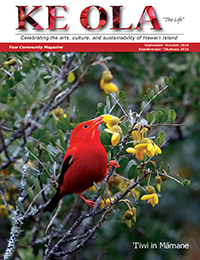
“With the goal of creating a lighter, simpler, sustainable home that has a small ecological footprint, I started building my house here while still working in Honolulu. This was the only place where I thought I could try out my ideas,” says Danny. “I finally decided it was time to move here.”
Danny studied architecture and structural engineering. He has worked as a project manager, estimator, and subcontractor in Honolulu, and he has developed his own designs and specialized techniques for bamboo construction.
His bamboo dream house, which he has named “Eco-Cabana,” was built over a 10-month period, and in July 2011 he celebrated its completion with an open house for friends.
“This is my own design. I didn’t copy anybody else’s design. My brackets are made locally. Again, I’m committed to doing most everything locally,” he states. “Why are we importing plywood and lumber from Oregon or Canada and burning up fuel? There would be jobs for local people once it [bamboo building] gets going. In the short run, it does not necessarily save money because there’s also the economy of scale. Better than that, we’re saving fuel, and bamboo is basically renewable.”
Danny chose to build his Eco-Cabana in three modules, which are bolted onto concrete pilings and bolted together. If needed, they can be moved to another site. Being fascinated with tent houses, he also tried to make his house as lightweight as possible, while maintaining the strength of a standard built home. He has already moved the house once, from its original site in Hilo to a parcel in Orchidland. Altogether, it measures slightly more than 900 square feet.
“I’m very confident that this would be resistant to earthquakes or hurricanes. It did very well during the tropical storm from [Hurricane] Iselle two years ago, even though the wind was down to maybe 45 mph when it reached here,” he says.
Danny sourced his bamboo from four different local farms. The major structural supports, columns and rafters, are the Guadua species, most of which he bought from Ninole Orchard in Hāmākua. Guadua angustifolia bamboo is considered to be the strongest bamboo in the world. In South America it is widely used in construction.
“For years I’ve been working with efforts to get approvals with codes,” he says. Many others have been on the same crusade.
Jacqui Marlin, president of the Hawai‘i chapter of the American Bamboo Society, shares: “There are a few excellent construction grade bamboos growing on the island—Guadua angustifolia (strong but thorny and spreads out); Bambusa hirose (excellent strength and compact growth) and Gigantochloa atroviolacea (black, strong)—and probably there are others but in my thinking hirose has the most promise.”
“From what I understand, and I could be wrong, building codes require that bamboo be certified by the ICC (International Code Council) and this is very specific to each species of bamboo and for each property on which it grows. The cost for this is prohibitive, upwards of $60,000 for each. So our original plan for a test plot here to have certification done would not benefit any other grower.”
A Maui company, Bamboo Living, which imports bamboo kit homes from Vietnam, has succeeded in having the particular Guadua bamboo that it uses—from the grower in Vietnam—certified in Hawai‘i.
“They use one particular species from there, spent big money to test and certify that,” says Danny. “The county approved only that one.
“Hirose type is also good. It’s locally available, very strong. The hirose bamboo I’m using is from my long-time friend Anson Chong’s farm. Anson was an early supporter of the Hawai‘i Bamboo Society.”
He has met others, as well, who are growing that variety here. “The problem right now is people want to grow more, but because of not being able to get a permit, the demand is low. They’re stuck. It’s a waiting game. I heard that in one trial, after they tested five different local types, the county says it wasn’t tested with a certified lab. Anyway, it’s a chicken or egg thing. They’ve been trying to do it for the last four or five years.”
Nevertheless, Danny was committed to proceeding with his modular, moveable home and bamboo building ideas. The first step, after harvesting the bamboo, is to have it pressure treated, similar to standard lumber.
“HPM has a treatment plant. If you make arrangements with them, they’ll treat it for you with Hi-Bor borate solution, putting it in the same pressure tank as their lumber.”
On December 6, 2010, he and his crew poured four concrete footings to support module A, which would contain the kitchen, living room and small bath. “These footings use only 25 percent of concrete compared with slab construction,” he stated. Within the crawl space they assembled I-joists and box beams with strong metal connectors.
“It’s another part of my own creation,” Danny says. “The big beams are hollow inside, formed with two-by-fours and plywood. They are lighter weight than solid beams, but the strength is equal or even better. It saves materials actually. In the interior, they’re finished with bamboo veneer.”
The three modules are framed separately and later joined together. They can be unbolted and moved on a flatbed truck.
The subfloor is constructed of a strong, structural plywood, to which the load-bearing poles are fastened with special brackets and bolts.
“Unlike standard construction lumber, which comes in fixed sizes, bamboo, of course, is not uniform in thickness, so there’s quite a lot of custom work. The diameters and curves are different,” Danny says. “In building with bamboo you have to make special brackets because bamboo is not an industrial product. My structural poles are fastened to the floors with custom brackets and large bolts to ensure strong joints against hurricane and earthquake loads. At the top, I found an innovative way to attach the bamboo rafters to the box beams.”
Another unique feature of the Eco-Cabana is fabric walls. Exterior walls are finished with a Tyvek underlayment and covered with awning fabric—Sunbrella. “Sunbrella is a breathable fabric, and it’s waterproof to go along with the lighter, simpler structure. “Sunbrella has held up surprisingly well, and still looks new.”
Module B contains the large back lānai and a bedroom, while Module C is the master bedroom with a small lānai. The upper walls are awning fabric with no underlayment. “At night this almost becomes a lantern.”
Ceilings are covered with hemp cotton fabric, which is also breathable, letting some air in between the waterproof roofing and interior.
The roof is also finished with Sunbrella fabric, laid over a durable, waterproof 40-mil EPDM rubber roofing membrane.
Decks are constructed of attractive, locally grown Eucalyptus robusta, and custom local mango wood doors finish the entrance as well as a sliding door to the module-B bedroom.
The Eco-Cabana is also energy independent. It includes a custom biological filtration system for wastewater and sewage. “Better than a cesspool,” says Danny.
It has solar photovoltaic electric, solar hot water and water catchment systems.
Solar water heating panels are on brackets that can be readjusted if moved to another site.
“I call my philosophy LSB,” says Danny, “lighter simpler better building technology, using local materials that are sustainable with a small ecological footprint. I would like to build more like this.” ❖
Contact Danny Li: email, website
Contact writer and photographer Karen Valentine
17th Annual Bamboo Festival will be at Nani Mau Gardens again this year on Sept. 18 from 10am–3pm.
While there, you will be able to see and purchase many varieties of bamboos; visit craft vendors, educational speakers, artists, food, a silent auction, and more. Plus you will be able to tour the 22-acre botanical gardens.
Nani Mau Gardens is located at 421 Makalika Street, Hilo.
For more information: Hawai‘i Bamboo Society

